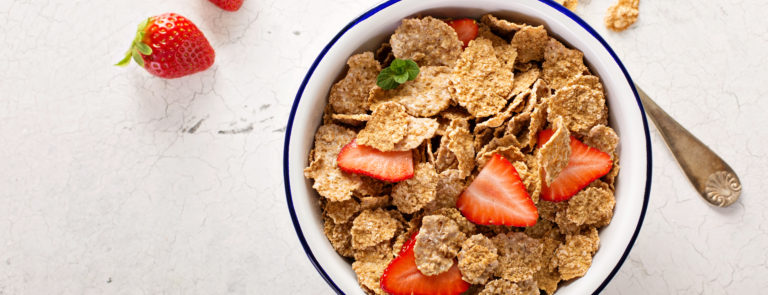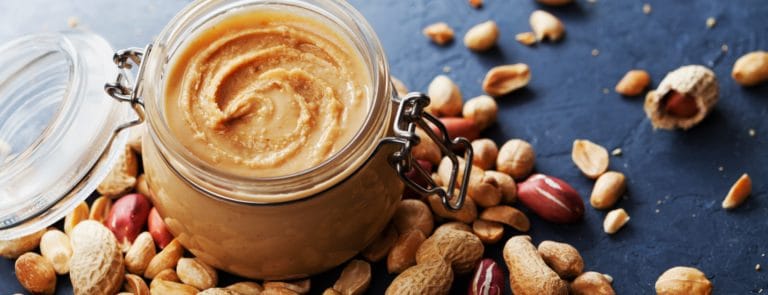Could missing out on your daily fibre be the reason you find it hard to get rid of excess weight?
Despite a bland reputation, health experts now believe that
fibre is more than just ‘roughage’ that keeps you regular.
The latest research suggests that eating enough fibre could be the key to reducing your risk of various health conditions as well as helping you lose stubborn fat, including dangerous visceral fat which can build up around internal organs.
Visceral fat is not visible as it’s hidden deep within your body, but it is a major risk factor for cardiovascular disease, high blood pressure and diabetes.
What is fibre?
Fibre is a plant-derived complex carbohydrate which the body cannot digest.
When we talk about
fibre, we are talking about two separate types- soluble and insoluble. The main difference between them is that soluble fibre dissolves in the fluids in your digestive system whereas insoluble fibre does not.
A diet low in fibre has been linked to tiredness, blood sugar imbalance, bloating and the worsening of irritable bowel syndrome (IBS) symptoms.
How much fibre do you need per day? According to UK government guidelines, adults should be getting 30g fibre a day. And yet, 9 in 10 people in the UK are not meeting this with most adults eating only 18g a day.
So, what does fibre do to help you lose weight?
It makes you feel full
Both insoluble and soluble fibre cause feelings of satiety (fullness). They both add bulk in your stomach. Your gut then communicates to your brain that it’s getting full and your hunger subsides. Additionally, when we digest fibre, a molecule called acetate is released which signals to the brain that we are becoming full.
It stops sugar cravings
As soluble fibre dissolves in the fluid in your digestive system, it creates a gel-like substance which slows down the rate at which food is digested. As a result, soluble fibre does not cause a spike in blood sugar after eating the way that sugar or refined carbohydrates do.
This means you’re less likely to feel lethargic and hungry after eating foods containing soluble fibre (e.g. wholemeal toast and hummus) than after eating jam on white toast for instance, (full of sugar and refined carbohydrates) even if the calories in both portions are the same.
It feeds the good bacteria in your gut
Soluble fibre feeds your
microbiome, a unique colony of trillions of bacteria which live in your gut. If they are properly fed with a healthy diet, the ‘good’ or
‘friendly’ bacteria helps you digest food, absorb nutrients and produce short-chain fatty acids which help everything from immunity to inflammation.
Recent research shows that having a diverse
gut microbiome is linked to lower rates of long-term weight gain.
A study published 2015 by the University of Massachusetts on overweight participants found that just by increasing their fibre intake and making no other changes, the participants lost an average of 2.1kg over a twelve-month period.
Where can I get fibre?
So, we have established it is a powerful weight loss aid – but what foods have fibre? Luckily, the best sources of fibre are often inexpensive and widely available.
Sources of insoluble fibre include wheat bran, brown rice, cauliflower, potatoes, tomatoes, celery, cucumbers, carrots and nuts.
Sources of soluble fibre include oats, peas, beans, chickpeas, bananas, apples, citrus fruits, carrots, barley and oats.
Last updated: 23 March 2020
Sources
https://doi.org/10.7326/M14-0611
https://www.ncbi.nlm.nih.gov/pubmed/22039624
https://www.ncbi.nlm.nih.gov/pubmed/15797686
https://www.diabetes.co.uk/body/visceral-fat.html 



